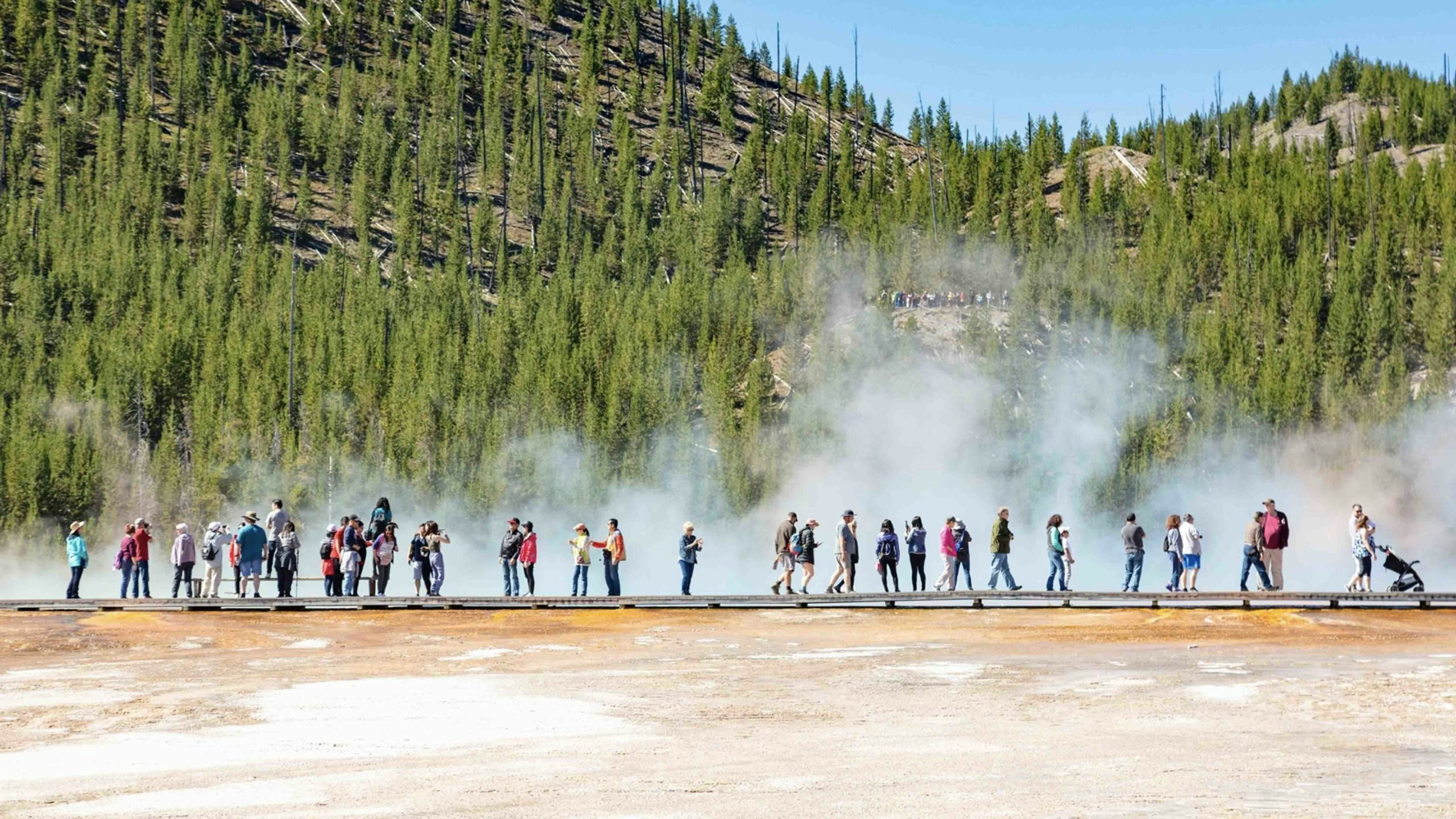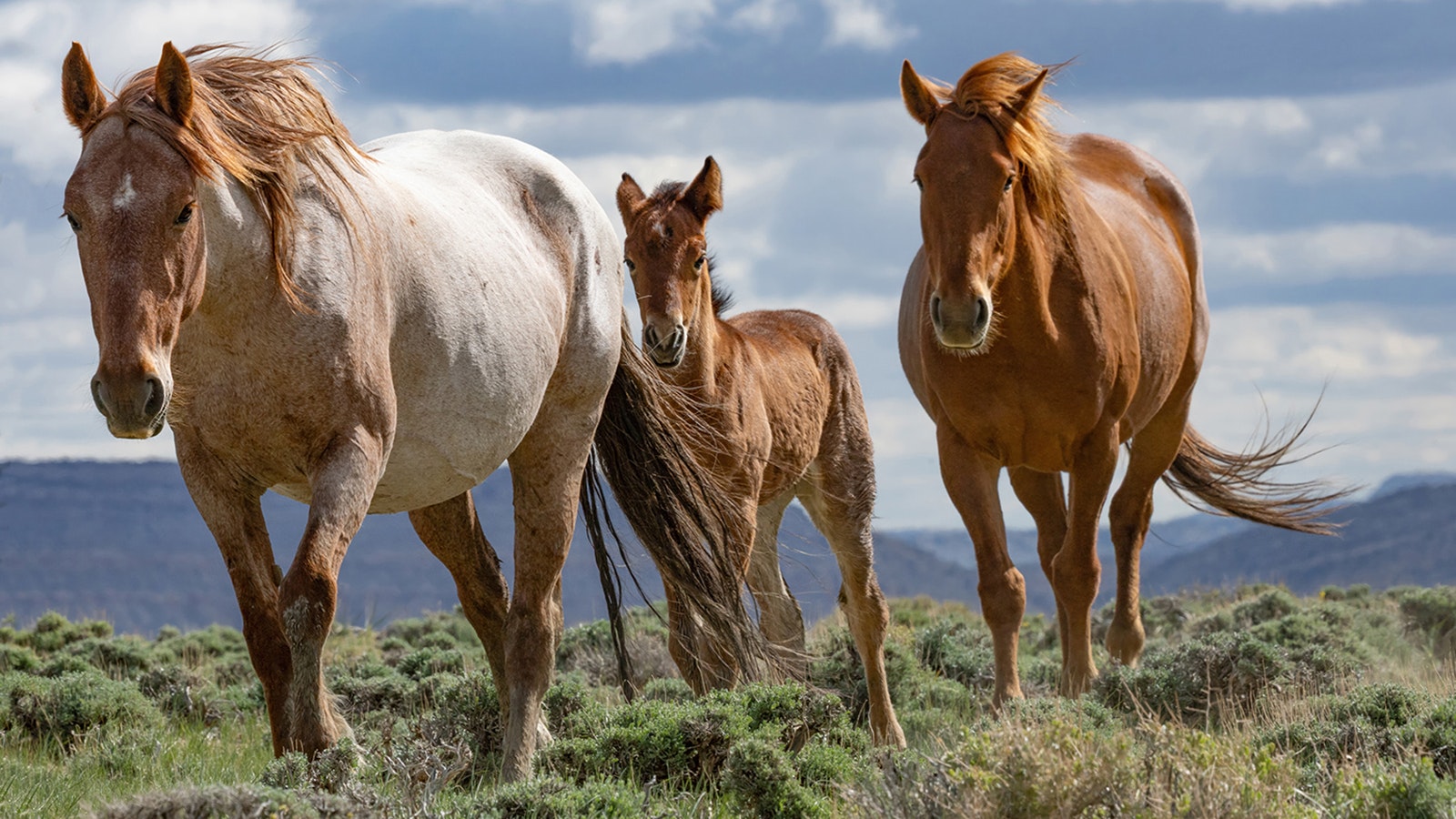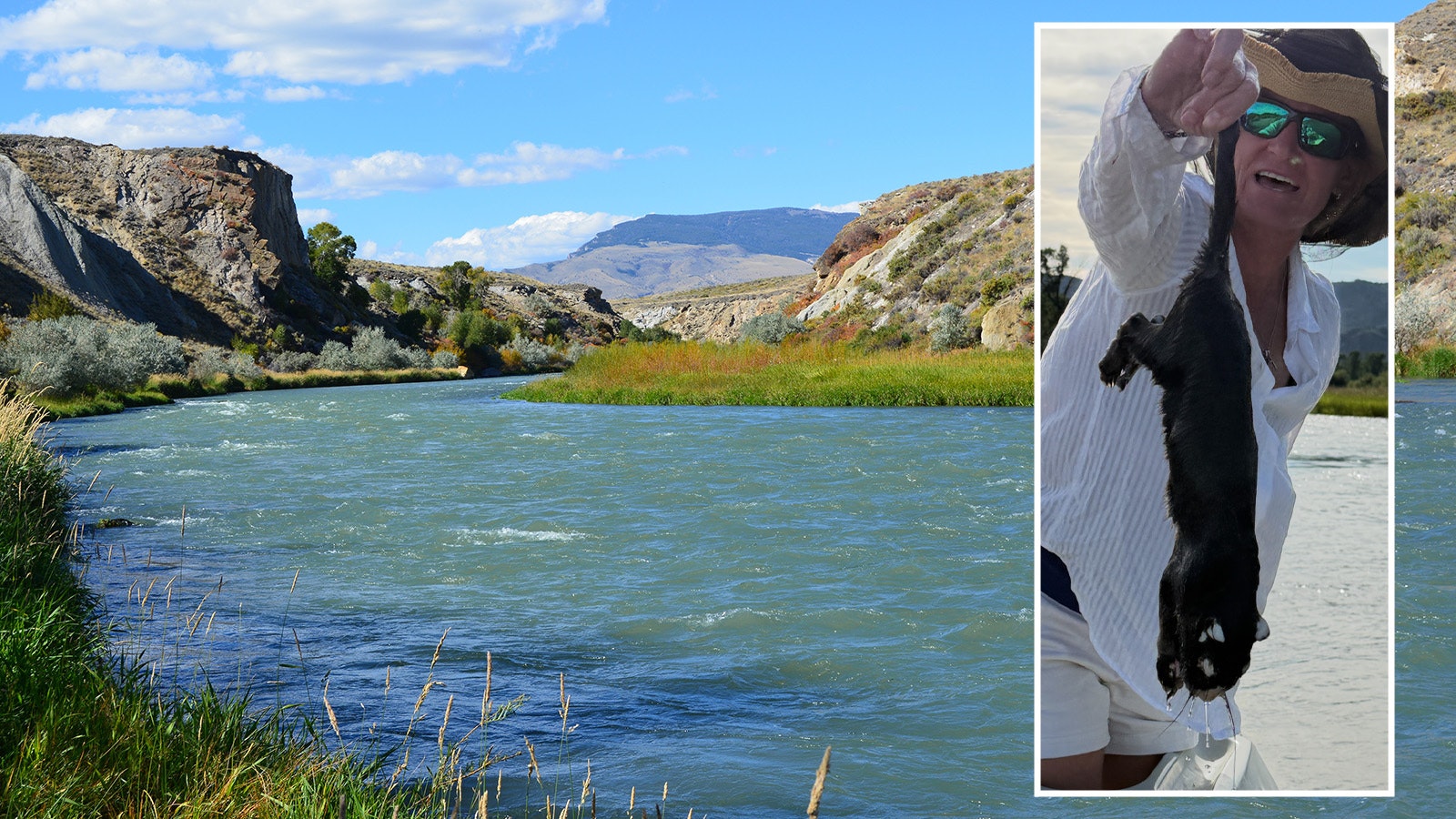Yellowstone National Park Supervisor Cam Sholly recently used the announcement of celebration plans for the park’s 150th anniversary to reflect on the lessons learned about ecosystem management.
During a virtual press conference Thursday, Sholly told press from local, national and international outlets that because Yellowstone is the first national park in the world, the experiences of its managers have had ripple effects across the globe.
“In many ways. Yellowstone is the genesis of the National Park idea,” he said. “It’s also really one of the first examples of this country’s recognition that conservation and preservation of high value resources is important and should be a major priority.”
The 2.2 million-acre national park, about 96% of which is within Wyoming, has some of the largest and most diverse natural, cultural and geologic resources found anywhere on the planet, according to Sholly.
Sholly acknowledged that the federal government has made missteps when it comes to resource conservation — but he added the National Park Service has done its best to make positive changes.
“Once Yellowstone became a park in 1872, the small group trying to protect it had a really tough time initially,” he said. “Although it was protected officially by law, there was no formal nomenclature to actually protect the resources on the ground. And Yellowstone became a park over 40 years prior to the creation of the National Park Service, so in many ways we didn’t know what we were doing.”
Through policies that eliminated predators such as wolves and cougars and signifcantly reduced its bear and bison populations, management of the Park unknowingly caused ecological imbalances, Sholly said.
“Even if you fast forward to the 1960s, we were feeding bears out of garbage dumps so visitors could see them,” Sholly said. “We started to get much smarter in the (1960s) and (1970s) about large landscape conservation and wildlife management and generally, as a country, we started to wake up to the need for more principled conservation and preservation values.”
Sholly cited the reintroduction of wolves in 1995 as probably the single largest successful conservation effort in the history of the country, if not the world, and praised efforts to restore the grizzly bear population.
“Our grizzly numbers are back to levels that likely are higher than what they were pre-Yellowstone becoming a park,” he said. “Cougars are back. The park’s bison population is at one of its highest levels since 1872. Our ungulate populations are in balance. So despite what people hear about visitors overrunning the park, I think we’ve done a good job of correcting many of the mistakes of the past relating to the management of this ecosystem.”
Sholly reported that the Yellowstone ecosystem now as a whole is actually healthier now than it has been since before Yellowstone became a park in 1872.
“It doesn’t mean that it’s not under threat,” he acknowledged. “Even in the 2000s, cutthroat trout almost blanked out because of an invasion of non-native lake trout that predate on cutthroat trout, and were likely introduced by humans back in the (1980s). We’ve had to invest over $10 million to restore native cutthroat trout to Yellowstone Lake and we’ll likely spend at least $5 million more to get the job done. So it’s a good example in many ways of how even today, if we’re not paying attention, we can have massive negative impacts on park resources. And that’s got to be a true lesson for us into the future.”
Sholly identified climate change, the proliferation of non-native species, and visitation as challenges that continue to face the Park.
“We reported a record 4.8 million visits in 2021,” he said. “We’ve collected a very robust amount of visitor use data over the past few years, and we’re using that data to inform our decision making in a variety of key areas.”





